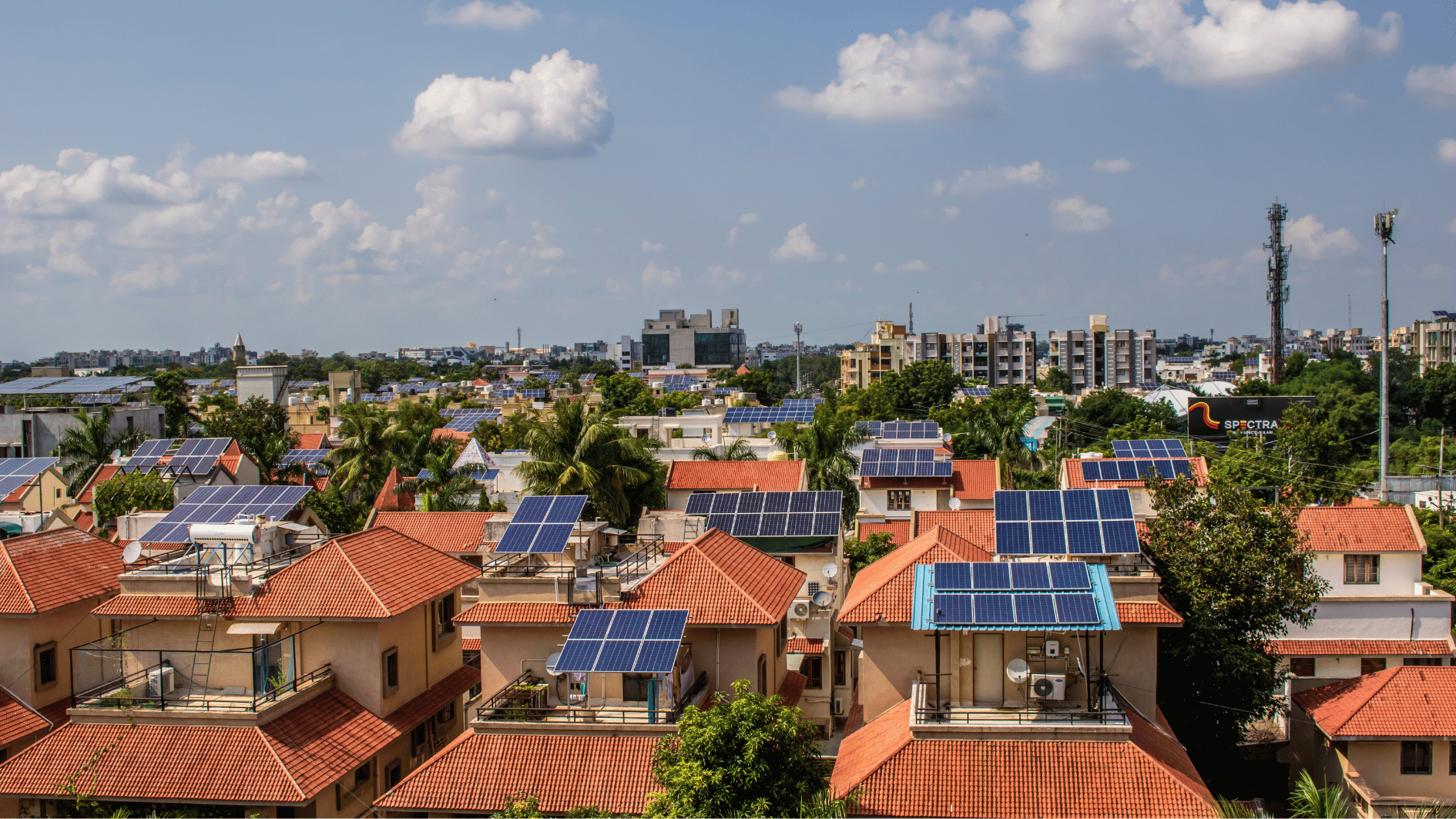Image source: Canva.com
Several states are revisiting their solar compensation mechanisms, with recent developments in Arizona, Minnesota, and Wyoming sparking significant debate. These states are re-examining how solar customers are credited for the excess energy they contribute to the grid, with disputes over prior rulings driving the changes rather than routine policy updates.
In Arizona, the Corporation Commission is reviewing its Resource Comparison Proxy (RCP) rate, which determines how much solar customers are compensated for their excess electricity. The RCP rate currently caps annual reductions at 10%, but the Commission is considering lowering it further to match the true “avoided cost”—the amount utilities save by not producing or buying the equivalent energy. If approved, this change could sharply reduce payments to solar customers.

States refine multi-family solar incentives in Q3 2024, highlighting key solar policy shifts
In Minnesota, the Public Utilities Commission (PUC) upheld its decision to use a value-of-solar-based credit for its new community solar program, rejecting petitions that challenged this approach. The value-of-solar model ties compensation to the broader benefits of solar energy, beyond just the electricity generated. Despite some controversy, the PUC believes this method more accurately reflects the long-term advantages of solar energy for the state.
A key development occurred in Wyoming, where the state’s Appellate Court overturned a ruling by the Public Service Commission (PSC) that had reduced the net metering credit for a cooperative utility from the retail rate to the avoided cost rate. The court ruled that the lower avoided cost was not a fair rate for compensating solar customers, restoring the higher retail rate.
These developments reflect ongoing tensions around how to fairly compensate solar energy producers. As more states reconsider their solar policies, the outcomes could have wide-reaching effects on solar adoption and the financial viability of renewable energy projects across the U.S.
Source: Q3 2024 Quarterly Report





